Katherine P. Frank Chancellor | Official website
Katherine P. Frank Chancellor | Official website
Seventeen kindergartners from St. Paul’s School of Menomonie visited the University of Wisconsin-Stout for a unique toy design project. The collaboration involved Assistant Professor Kevin Dietsche's Design for Industry students and aimed to create toys through a user-centered design process. The project is part of a three-year initiative supported by the G.A. Taft Manufacturing Engineering Endowed Professorship.
The day began with brainstorming sessions where college students and children discussed ideas for ideal toys. "Everything we do here in this class is about design," Dietsche explained to the children, encouraging them to participate as junior engineers. Sandra Hemling, a kindergarten teacher at St Paul’s, noted that her students were excited about engineering and planning designs.
Toy concepts ranged widely, including a tank-copter, animal figures, and character-inspired dolls. The teams used craft supplies to build low-fidelity prototypes before moving on to rapid prototyping using Adobe Firefly software. "Firefly is a tool to help make sure we know we are understanding what our clients want," said Dietsche.
Technology education student Annika Schlueter observed developmental differences between young children and older students, noting how younger kids focus on colors and shapes while older ones seek perfection. Her peer Cadence Calkins emphasized teaching students that failure is part of learning.
In fall 2023, first-graders collaborated on creating Timothy the Duck, a pull-toy designed by mechanical engineering students who tested various prototypes before finalizing the model. "We failed again, but we learned again," said Josh Goodreid regarding their iterative process.
The university plans to produce more Timothy toys using ash lumber provided by the City of Menomonie’s Urban Forestry Board for community distribution through initiatives like Toys for Tots.
UW-Stout offers diverse engineering programs and technology education degrees through its School of Education, which supports cross-disciplinary projects like this one involving both college and elementary school students.
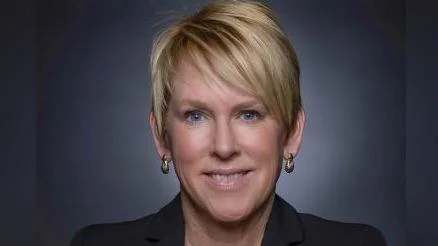
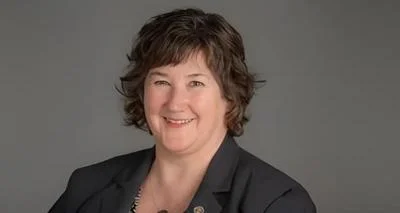
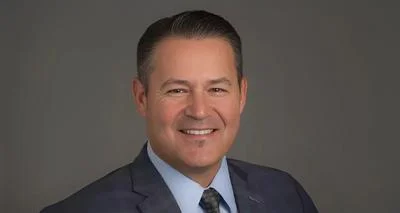
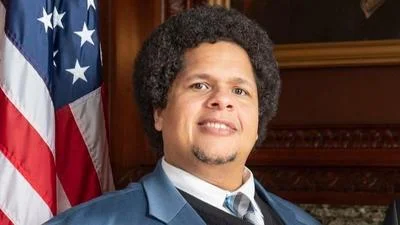
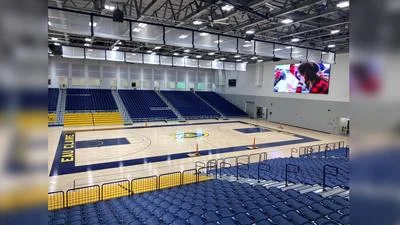

 Alerts Sign-up
Alerts Sign-up